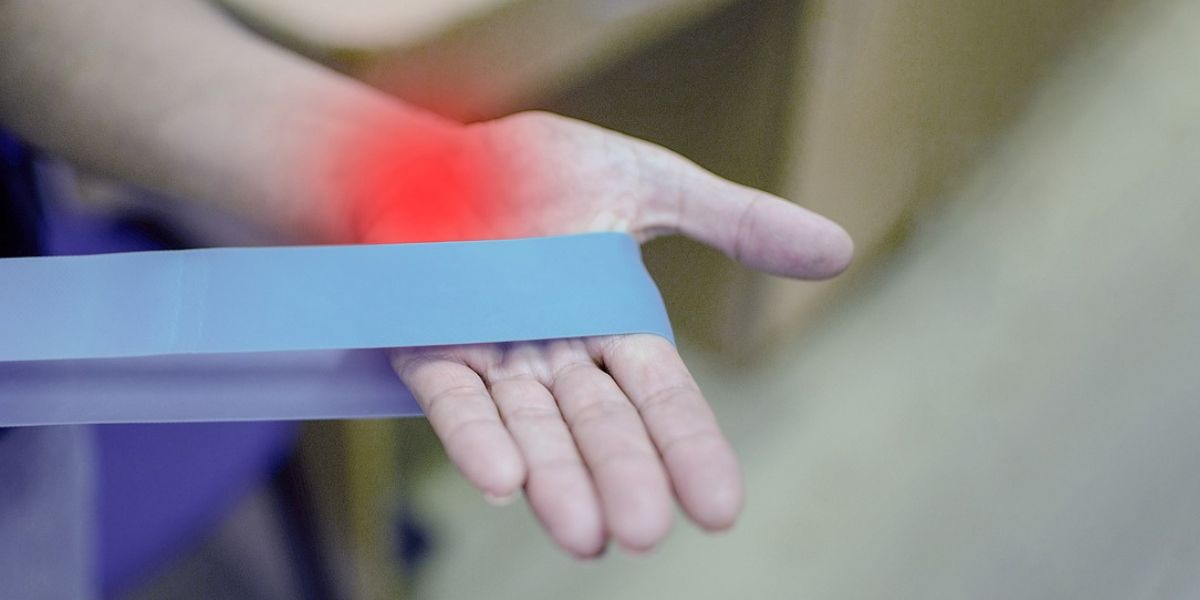Kapanlagi.com - An increase in blood sugar is not only a threat to vital organs such as the heart and kidneys, but it can also impact our body's musculoskeletal system. One symptom that is often overlooked when blood sugar spikes is joint pain. Many diabetes sufferers report experiencing pain, stiffness, and even inflammation in their joints, and this is closely related to unstable glucose fluctuations.
Furthermore, changes in nerves and small blood vessels can also trigger musculoskeletal problems that may disrupt overall body mobility. Research shows that if this condition is not addressed properly, complications can lead to more serious joint damage, such as Charcot's joint, and even increase the risk of developing arthritis.
So, how exactly can diabetes cause joint pain? Check out the complete explanation summarized by KapanLagi.com on Friday (28/3).
1. Joint Pain Can Be a Sign of Diabetes
According to medicalnewstoday.com, diabetes sufferers often face serious challenges to their musculoskeletal system, resulting in reduced flexibility and the emergence of pain in various joints, especially in the hands, feet, and knees. This is caused by persistently high blood sugar levels, which can damage the supportive tissues of the joints such as cartilage and connective tissue—natural cushions that support body movement. Over time, this damage causes bones to rub against each other, triggering chronic inflammation, swelling, and pain that disrupts daily activities. This condition is more commonly experienced by those who do not receive proper treatment, making attention to health very important.
2. How Diabetes Causes Joint Pain
Here are some of the main mechanisms by which diabetes can cause joint pain:
- Damage to the Musculoskeletal System Uncontrolled blood sugar levels can trigger damage to bones and connective tissue around the joints, leading to reduced flexibility and limited movement.
- Changes in Small Nerves and Blood Vessels Diabetes can cause peripheral neuropathy, which decreases the body's ability to feel pressure or injuries in the joint areas, so minor injuries can develop into serious joint problems without being noticed.
- Certain Joint Disorders Common joint disorders in diabetes patients include carpal tunnel syndrome, trigger finger, and Dupuytren’s contracture, all of which disrupt hand mobility and cause pain in the wrist or fingers.
These issues typically develop over time and are often related to how long someone has had diabetes and how well they manage their blood sugar levels.
3. Joint Conditions and Nerve Changes in Diabetes Patients
Diabetes can also lead to further complications such as Charcot's joint, which is a condition where the joint is destroyed due to severe nerve damage, medically known as diabetic neuropathy. Patients experiencing neuropathy usually lose sensation in their feet or ankles, making them unaware of small injuries that gradually worsen the condition of the joint.
In general, Charcot's joint is a condition characterized by damage to bones, joints, and soft tissues, often occurring in the feet and ankles, but it can also occur in other joints. Here are the symptoms that may indicate Charcot's joint:
- Redness and Swelling in the Joint Changes in color and volume of the joint that are clearly visible are early symptoms that are often unnoticed by the patient.
- Warm Sensation in the Joint Area The part of the foot or ankle that feels warm to the touch indicates active inflammation that needs to be addressed immediately.
- Changes in Foot or Joint Shape In advanced cases, foot deformities or joint structure damage can lead to difficulty walking and increase the risk of falls or injuries.
- It is important for diabetes patients to regularly check the condition of their feet and joints to detect problems early and avoid long-term complications.
4. Tips to Reduce the Risk of Diabetes and Joint Complications
Preventing diabetes and joint problems is not impossible, and you can do it with enjoyable healthy lifestyle steps! First, maintain your ideal body weight; losing just 1 kg can reduce pressure on the knees by up to 4 kg, significantly benefiting your joints. Next, enjoy a balanced nutritious diet by choosing fresh green vegetables, whole grains, lean proteins, and low-sugar fruits that help control blood glucose levels. Don't forget to regularly engage in light exercise, such as walking, cycling, or aerobics, which can improve insulin sensitivity and maintain muscle and joint strength. Additionally, have regular health check-ups to monitor your blood sugar levels and joint condition, so complications can be detected early. And finally, choose supportive footwear, such as orthopedic shoes, to reduce pressure on the joints and prevent further damage. By implementing these steps, you can not only reduce the risk of serious complications but also enjoy a better quality of life!
5. Conclusion
Joint pain can indeed be a sign that our blood sugar levels are out of control, and this is not a trivial issue that can be ignored. If left unaddressed, diabetes complications such as nerve damage and joint disorders, including Charcot's joint, can significantly impair our mobility and quality of life. However, there is hope! With a healthy diet, regular exercise, weight management, and routine consultations with a doctor, diabetes sufferers can prevent joint pain and maintain the health of their musculoskeletal system in the long term.
6. Questions and Answers About This Topic (People Also Ask)
Can joint pain be an early sign of diabetes?
Yes, joint pain can arise from musculoskeletal changes or nerve damage related to diabetes.
Which body parts are most often painful due to diabetes?
The joints in the hands, wrists, feet, and knees are the most commonly affected areas.
Can both type 1 and type 2 diabetes cause joint pain?
Both can, but the mechanisms differ—type 1 is more related to autoimmune issues, while type 2 is associated with obesity and osteoarthritis.
What is the relationship between neuropathy and joint pain in diabetes patients?
Neuropathy causes loss of sensation, so injuries to the joints go unnoticed and worsen over time.
How can joint pain due to diabetes be prevented?
By managing blood sugar levels, maintaining a healthy weight, and staying physically active regularly.
(kpl/mni)
Disclaimer: This translation from Bahasa Indonesia to English has been generated by Artificial Intelligence.












